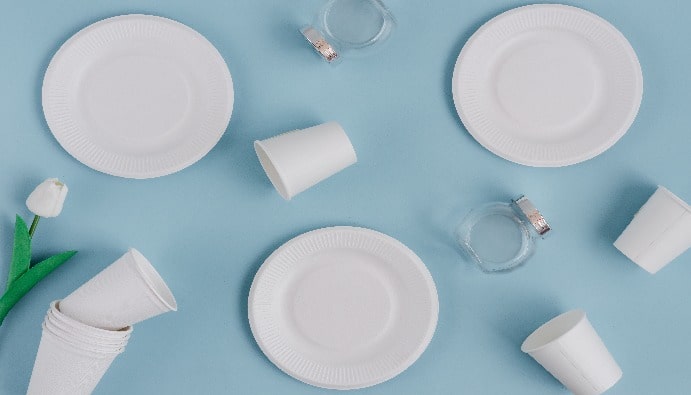
BLOG
KATEGORİDEKİ DİĞER YAZILAR

Nanotechnology is a rapidly developing field of science and technology that is realized in sizes smaller than 100 nanometers. Nanotechnology, which creates advanced products with new techniques in every field; It provides benefits in sectors such as medicine, health, food, packaging materials and systems, medicine, electronics.
In recent years, due to the high increase in the consumption of ready-to-eat foods, it has become important that foods are fresh and durable for a long time. Especially in terms of shelf life and quality of foods, studies have been intensified in the packaging of processed meat and aquaculture products and fresh fruits and vegetables.
With nanotechnology, the safety and shelf life of foods can be taken under control with technological systems such as edible films, antimicrobial packaging, biodegradable materials, smart packaging, nanocomposite packaging and nanosensors, which have been developed recently.
The shelf life of perishable foods can be determined by considering the chemical effect of atmospheric oxygen and the growth of aerobic microorganisms. Each of these factors alone or in conjunction with each other cause deterioration in the quality of foods by causing changes in color, taste and odor.
The application of packaging techniques in addition to cold storage techniques ensures that the freshness of foods is preserved for longer periods of time. The effect of oxygen is partially prevented with modified atmosphere packaging (MAP) or vacuum packaging applications, but since oxygen cannot be completely removed with these systems, the oxygen contained in the package material and passing to the food from the outside cannot be neutralized. One of the packaging methods for this purpose is the active / intelligent packaging system.
In the field of nanotechnology packaging; mechanical, thermal and barrier properties will be stronger with the addition of appropriate nano particles for appropriate foods. Although the need for durable and protective packaging in seafood as the most perishable products has increased day by day, these new technology packages are not yet used in our country. However, studies and projects on aquaculture and packaging of processed products show that the use in this sector will develop in the future.
Nanolab Laboratories Group continues to provide services within the scope of Packaging Analysis. We also provide services on NIAS Determination in Packaging.
Contact us for more information.
You can follow us on LinkedIn for up-to-date news and posts about our services.
Follow our Instagram account to be informed about our latest blog posts.